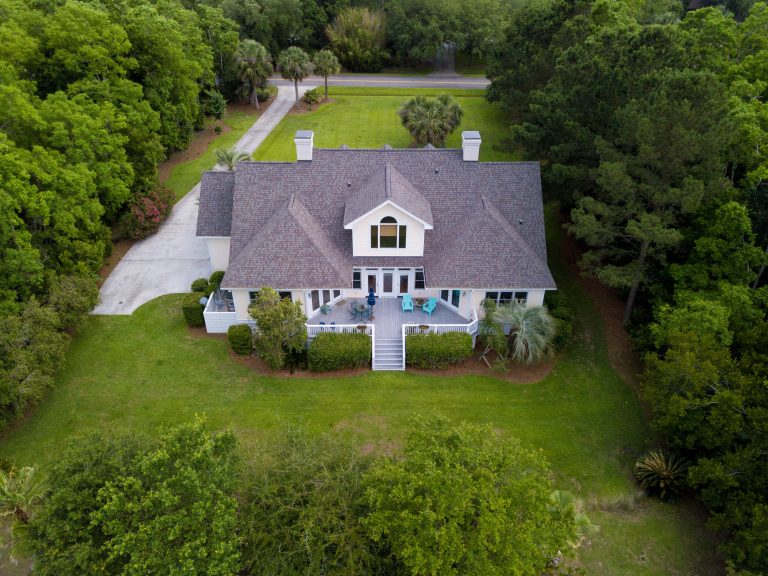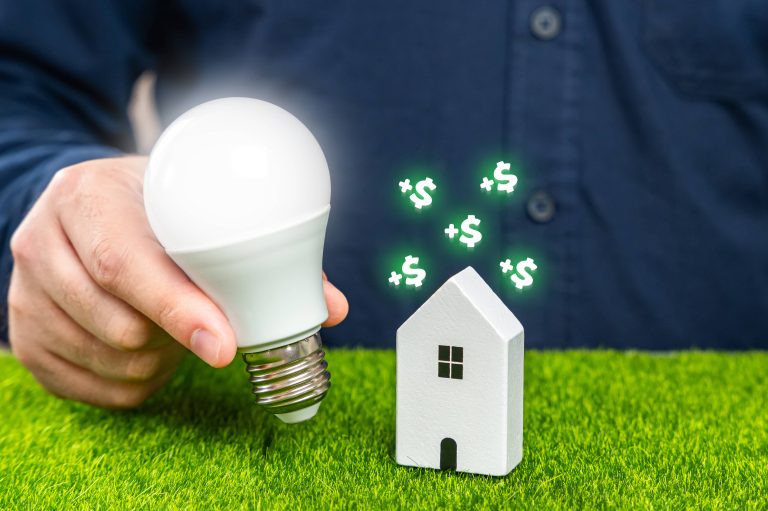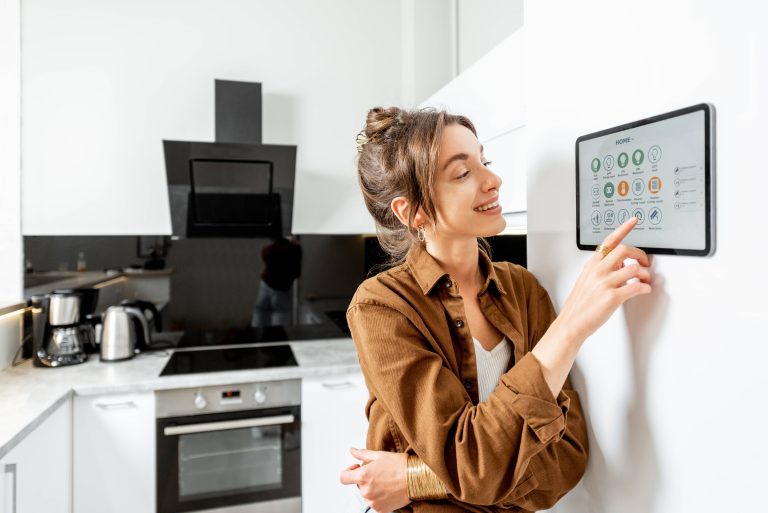
In the ever-evolving landscape of home security, smart lighting has emerged as a key tool for homeowners. Smart lights, often overlooked in favor of more traditional security means like cameras and alarms, offer unique advantages that can significantly bolster your home’s defense strategy. In this blog post, we will explore how smart lights contribute to home security, delve into their benefits, and provide practical tips on deploying them effectively for your home.
The Next-Gen Security Feature for Modern Homes
Smart lights are no ordinary bulbs. These Wi-Fi-enabled, app-controlled fixtures can change colors, adjust brightness, and turn on or off based on pre-set schedules. Smart lights can sync with other smart home devices to create a cohesive and responsive home environment. What sets them apart as a security tool is their ability to automate lighting patterns and simulate occupancy, deterring would-be burglars and enhancing safety.
Simulating Occupancy: The Best Deterrence
One of the primary ways smart lights enhance home security is by simulating occupancy. Burglars often search for unoccupied homes, usually indicated by consistent darkness or predictable light patterns. Smart lights can counter this by:
1. Randomized Lighting Schedules: Setting up your smart lights to turn on and off at random intervals mimics the natural lighting habits of an occupied home. If a prospective thief sees unpredictable light patterns, they are less likely to target your home.
2. Integration with Motion Sensors: By linking smart lights with motion sensors, any unexpected movement around your home can trigger lights, startling intruders and signaling that the property is protected.
3. Remote Control: Whether you’re on vacation or just out for the evening, smart lights can be controlled via smartphone apps. This feature allows you to manage your home’s lighting from anywhere in the world, ensuring it always appears occupied.
Enhancing Visibility: Safer Indoor and Outdoor Spaces
Smart lights play a crucial role in maintaining visibility around your property, making it safer for both occupants and visitors. Here’s how:
1. Exterior Lighting: Strategically placed smart lights around pathways, driveways, and entry points enhance visibility and make it harder for criminals to approach undetected.
2. Interconnected Systems: Smart lights can work in tandem with security cameras. For example, if a security camera detects motion, it can trigger nearby lights to turn on, improving footage quality and increasing the chances of identifying intruders.
3. Customizable Brightness and Color: The adjustable brightness and color options of smart lights can provide a tailored lighting experience, ensuring optimal visibility without causing light pollution or discomfort to neighbors.
Practical Tips for Optimizing Smart Lights for Security
To make the most out of your smart lights, here are some practical tips:
1. Layered Lighting Strategy: Use a combination of porch lights, landscape lighting, and interior lights to create a multi-layered security system. This makes it more difficult for intruders to find hiding spots.
2. Set Up Zones: Define different zones in your smart lighting system for customized control. For example, one zone could cover the front yard while another manages the backyard. This zonal control allows for more tailored and efficient security measures.
3. Integrate with Other Smart Appliances: Integrate your smart lights with other smart security devices such as cameras, alarms, and even smart locks. Creating a unified ecosystem heightens overall security and responsiveness.
4. Use Scheduling and Triggers: Create light schedules that align with your daily routine. Utilize triggers such as geofencing, which turns lights on or off when you leave or come back home, enhancing the appearance of occupancy.
Case Studies: Real-World Applications
Many homeowners and industry experts have already seen the benefits of integrating smart lights into their home security plans. Here are a few anecdotes:
1. Urban Dwelling: In a bustling city, Jane set her smart lights to randomize their on/off cycles during the evening hours when she traveled frequently for work. This simple measure significantly reduced the number of break-in attempts.
2. Suburban Home: John installed smart lights with motion sensors around his suburban property. One night, the lights turned on when a stranger approached his backyard. The intruder fled, not daring to face the illuminated scrutiny.
3. Rural Residence: Living in a rural area, Emily used smart lights to keep her long driveway and yard well-lit. The added visibility not only deterred intruders but provided a clear path for her children when they returned home after dark.
Conclusion
Incorporating smart lights into your home security strategy is a smart and effective way to deter intruders and increase safety. The flexibility, remote control capabilities, and integration with other smart home devices make smart lights an invaluable addition to any modern home. Whether it’s simulating occupancy, enhancing visibility, or creating customized lighting schedules, smart lights can offer a level of security that traditional lighting systems simply cannot match.
The future of home security lies in smart technology. By leveraging smart lights, homeowners can enjoy peace of mind knowing their homes are well-lit, responsive, and protected in ways that keep potential threats at bay. So, take that step towards enhanced security by investing in smart lighting solutions, and experience firsthand the benefits they bring to your overall home protection strategy.







